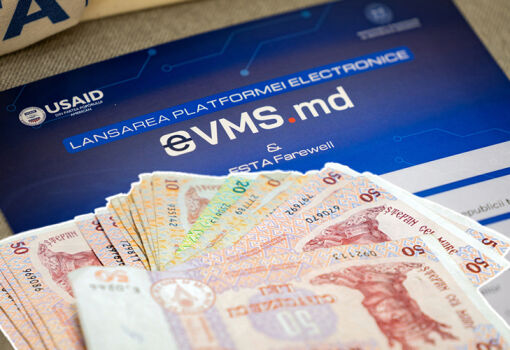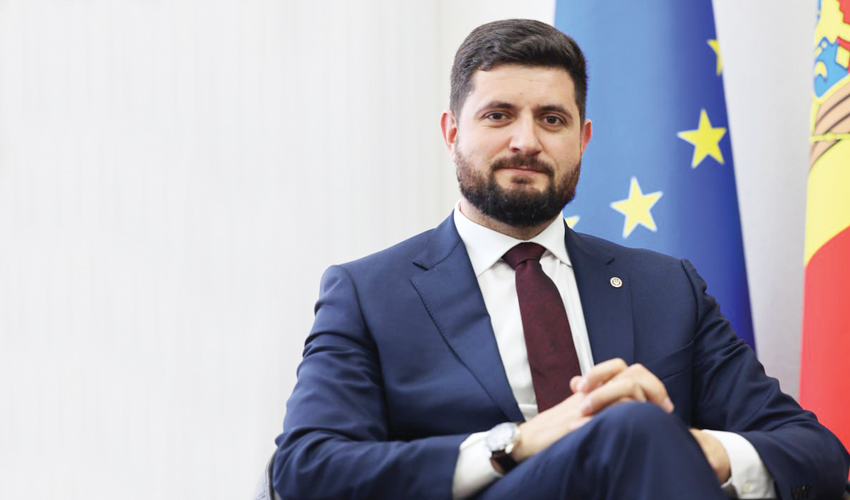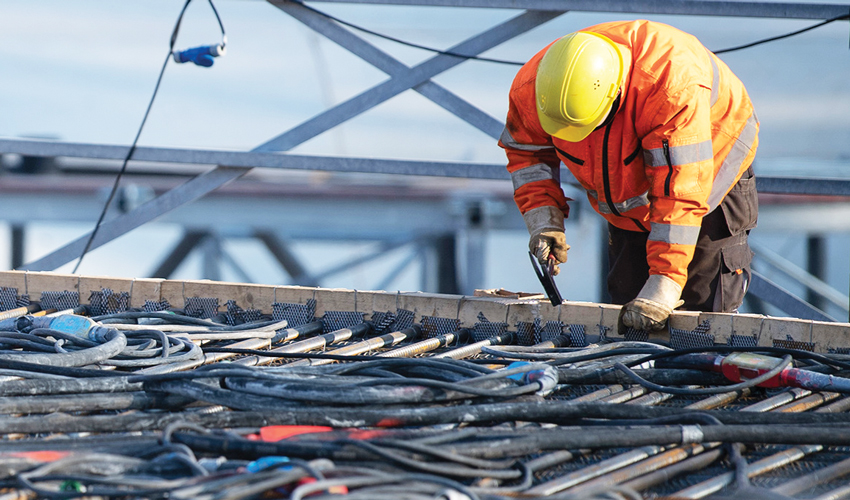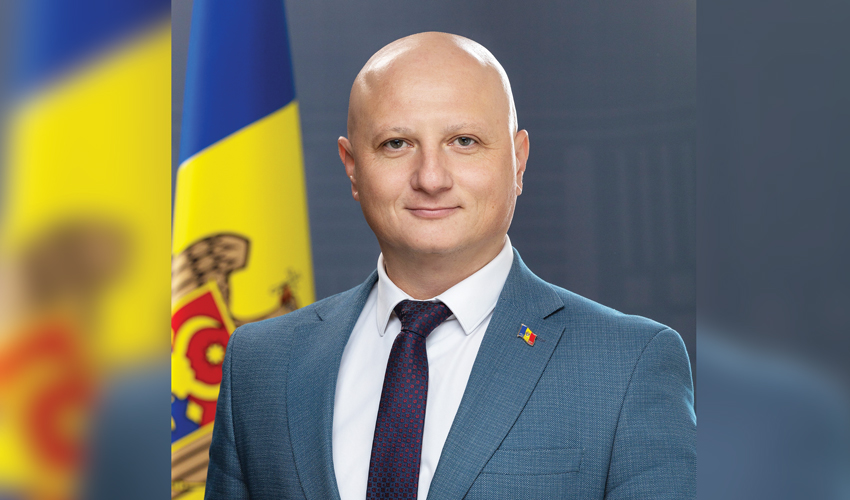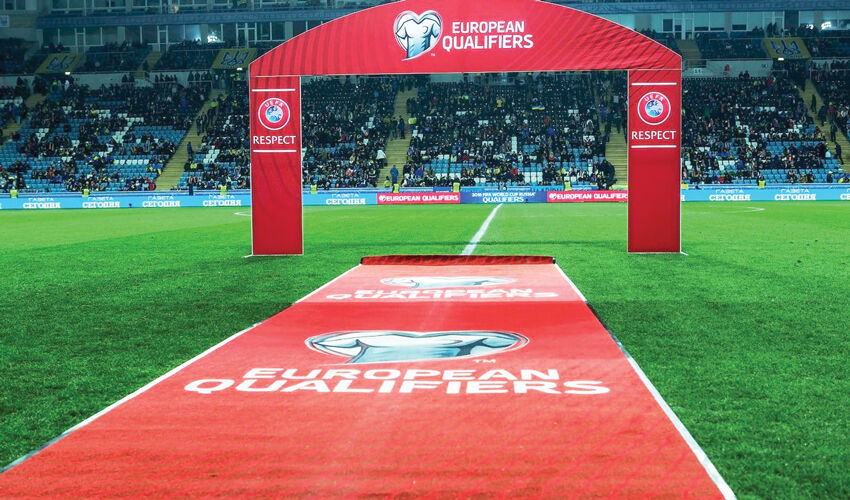
Reforming the system of qualifying tournaments in Europe is overdue
The current European qualifying cycle for the 2026 World Cup shows a very unpleasant trend for UEFA – a decline in viewer engagement, including the falling ratings of TV and streaming broadcasts of matches. This is due to the fact that there are fewer spectacular face-to-face meetings between top tier national teams, which can arouse genuine interest of fans.
Europe received more tickets to the World Cup – 16 instead of the previous 13. UEFA decided to increase the number of groups to 12, each of which consists of four or five national teams. As a consequence, the most competitive national teams are “scattered” among the groups, where other teams are not able to fight for the first place. In the groups, there is a clear leader who dominates throughout the qualifying cycle.
There are, of course, exceptions, like the five teams in Group I, in which the national team of Moldova is represented. Few expected that Norway can confidently lead in the group, in which play four-time world champions – the Italians. However, the signboard “Italy – Norway” does not lead to the excitement of fans to such an extent as, for example, meetings of “Squadra Azzurra” with England, Germany or Spain.
A Swiss system is being considered as a measure to boost interest in the qualifiers. The Champions League, like all other European cups, has switched to this format since last season. Spectator interest in the tournament has grown, and the leading clubs in Europe have started to meet more often at the preliminary stage. However, due to the fact that the length of the tournament has increased (there are eight rounds instead of the previous six), teams prefer to save their energy for the “march-and-run” on the final stretch of the tournament. Judging by last season’s results, defeats to Real, Barcelona or Manchester City in the early stages are no surprise!
In any case, the Swiss system significantly increases the risks for all clubs, including the grandees, as it does not allow rivals to meet each other more than once during the tournament. The current format of qualifying tournaments provides for each team to meet each other twice – on their own and away pitches. This reduces the surprise effect, as the teams know what to expect from their opponents in the return match.
Another reform option is being considered – following the example of the Nations League. The division of European national teams into four divisions helped to increase viewer engagement and broadcasters’ interest. At the moment, the tournament plays a secondary role, but it could supplant the current format in the short term.
The Times’ sources said that with qualifiers becoming less relevant to fans and broadcasters, and the reverse trend in the Nations League, the right formula needs to be found to allow second or third tier national teams to compete to reach the final stage of the Mundial or European Championship.
The isolation of national teams within their divisions will lead to a decrease in interest in the tournament in those countries where the arrival of a grand champion is a long-awaited and high-profile event. Even though Moldova has no chance to take one of the leading places in the standings, the match against Italy on November 13 will cause a huge stir and will become a socially significant event for at least one day.
UEFA functionaries should analyze all possible consequences of their decisions and prevent the displacement of lower status national teams to the periphery of the soccer world. Based on the current format of the Nations League, we could consider a scenario in which the group winners in Division A would win direct entry to the World Cup or European Championship, while the second-placed teams would compete with the group winners in Divisions B and C for entry. In Division D, there are six teams with the sole task of competing for promotion against equal opponents.
The chances of Andorra, Gibraltar, Liechtenstein or San Marino to meet with the grandees would be significantly reduced, but these teams would be spared from another big defeat. In the current qualifying cycle, the San Marino national team, having been placed in the same group with not the most formidable opponents (Austria, Bosnia and Herzegovina, Cyprus and Romania), suffered seven defeats and conceded 32 goals with one scored. The situation is no better for Liechtenstein, which has conceded an unanswered 23 goals in six matches. At the same time, England, represented in the same group as Albania, Andorra, Latvia and Serbia, have not conceded a single goal in six meetings and are the first European team to win a direct ticket to the Mundial 2026.
UEFA can already draw on the example of the reformatting of qualifiers in women’s soccer when making its decision. In 2022, a Women’s Nations League was established and piloted ahead of this year’s European Championships. A ranking was formed that included 53 European teams participating in the tournament. The top eight teams received direct tickets to the continental championship, and seven more quotas were played in playoff matches. The Swiss national team automatically qualified for the championship as the host team. UEFA intends to retain this selection system and use it to qualify European teams for the Women’s World Cup, which will be hosted by Brazil in 2027.
The current format of qualifying tournaments in Europe has outlived its usefulness. UEFA functionaries realize this and are working on finding the most optimal solution for all participants of the European soccer space. This solution should lead to an increase in the income of the organization, but without neglecting the rights and privileges of small soccer countries, which includes Moldova.








